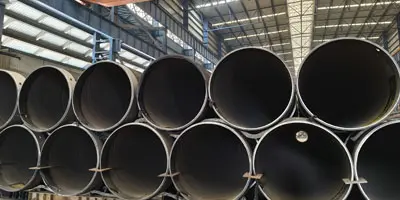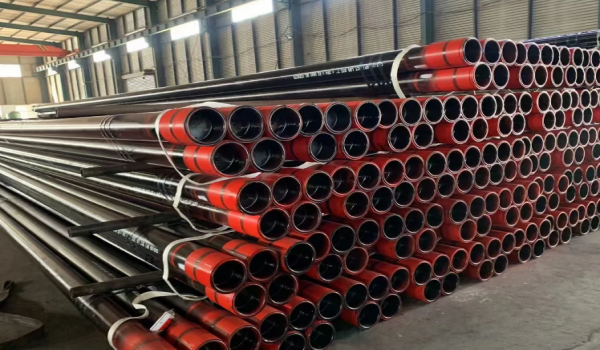Heat treatment for API 5CT casing and tubing
Heat treatment of API 5CT casing and tubing is a process that improves the physical and mechanical properties of the casing by controlling its temperature and cooling rate to meet the requirements of a specific application. Oil casing and tubing typically undergoes two main types of heat treatments: normalizing and tempering. These heat treatments adjust the hardness, strength, corrosion resistance and toughness of the casing pipe, making it suitable for drilling, producing and transporting oil and gas. The following are the general steps and purposes of heat treatment of oil casing.
There are roughly 4 basic processes for heat treatment of oil casing, namely annealing, normalizing, quenching and tempering, commonly known as the "four fires" of metal heat treatment.
1. Annealing
Annealing is to heat the workpiece to an appropriate temperature, use different holding time according to the material and workpiece size, and then slowly cool it, the purpose is to make the internal structure of the metal reach or close to the equilibrium state, obtain good process performance and use performance, or for further quenching Prepare for organization.
2.Normalizing (Quenching):
Normalizing is a high-temperature heating and rapid cooling process designed to increase the hardness and strength of the casing. In this step, the casing is heated to an appropriate temperature, usually between 850°C and 1050°C, and then rapidly cooled. This will cause the internal structure of the casing to change to a martensitic structure, thereby increasing the hardness. Normalized casing is usually very hard but also brittle, so tempering is often required to improve its toughness.
3. Quenching
Quenching is to quickly cool the workpiece in a quenching medium such as water, oil, other inorganic salts, and organic aqueous solutions after heating and holding the workpiece. After quenching, the steel parts become hard and brittle. At the same time, low-temperature quenching is lower than the conventional temperature, which reduces the stress of quenching, thereby reducing the deformation of quenching, which ensures the smooth operation of heat treatment production, and provides good raw materials for subsequent wire processing.
4. Tempering:
Tempering is to heat the normalized casing to a lower temperature, usually between 150°C and 700°C, and then cool it at a slower rate. The purpose of tempering is to reduce the hardness of the casing while increasing its toughness. This process also allows the strength of the casing to be adjusted to meet specific application needs. Tempered casing generally has better impact resistance and toughness while maintaining sufficient hardness.
The heat treatment process of the existing steel-grade petroleum casing pipe is poor in hardenability of the heat-treated product during processing, the mechanical properties of the steel pipe are not good enough, and the protective bending effect is not good, and it is easy to break.
The heat treatment of oil casing pipe needs to be strictly implemented. The produced oil casing has good product quality, exhibits good use value and performance during use, and can maintain high strength and toughness.






 English
English Español
Español بالعربية
بالعربية











 Phone :
Phone :  Whatsapp :
Whatsapp :  Email :
Email : 


